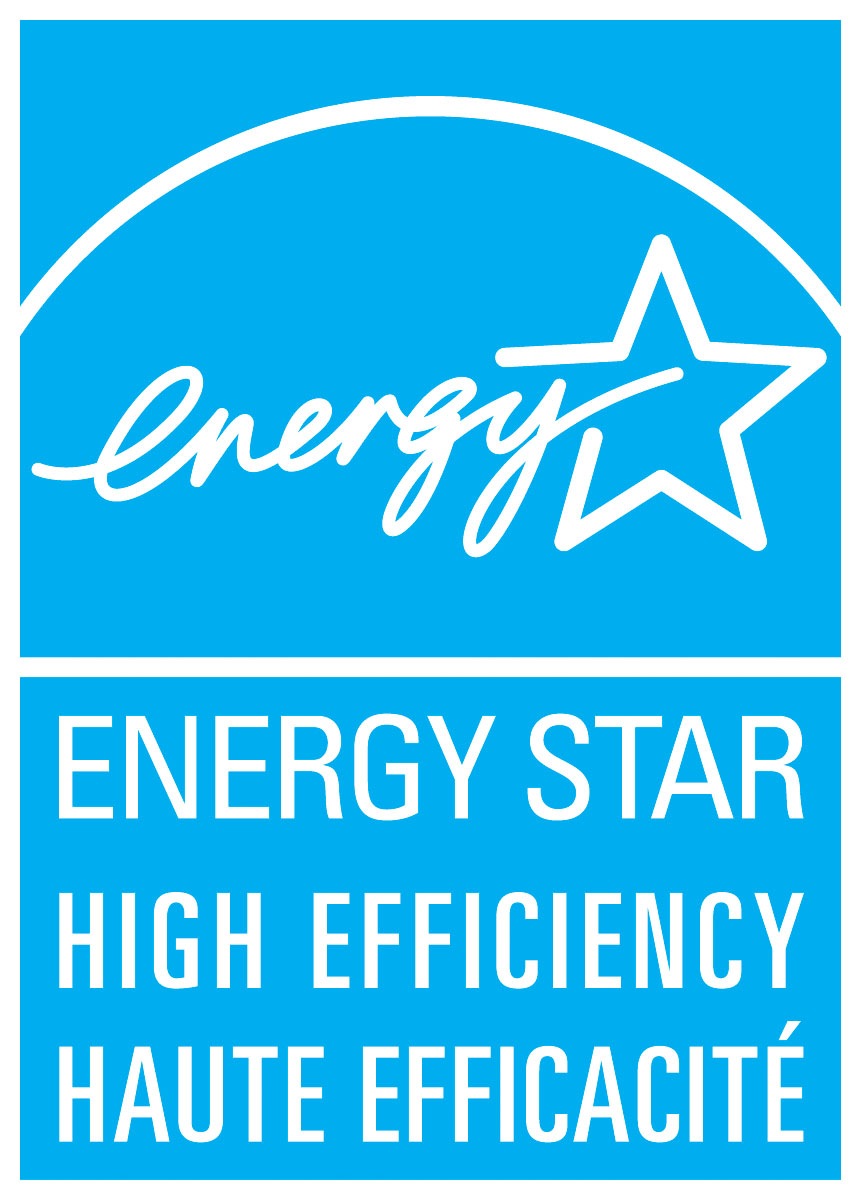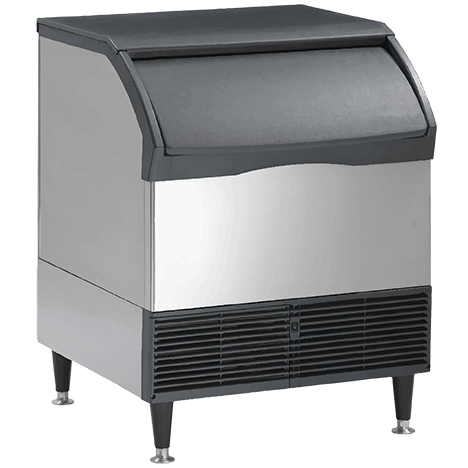Commercial ice machines (ice makers)

Buy ENERGY STAR® to save you money!
An ENERGY STAR certified commercial ice machine or ice maker uses 15% less energy and is 23% more water efficient, on average, than a standard model. Saving energy saves money and reduces your carbon footprint.
When considering batch-type ice machine, ENERGY STAR certified systems save, on average about 1,200 kWh annually, or $130/year in electricity bill costs. By purchasing batch-type equipment that meets the new ENERGY STAR criteria, consumers can expect to save an additional $40/year and 6,300 gallons/year due to reduced water usage. For continuous-type ice makers, ENERGY STAR certified machines save, on average about 1500kWh annually, or $160/year on utility bills.
Key features
- High-efficiency compressors, increased evaporator size, high-efficiency fan motors and blades, and improved insulation all reduce energy consumption.

Start your research using the ENERGY STAR Product Finder tool to find and compare certified commercial ice machines. Only air-cooled ice machines—both batch-type and continuous-type—are eligible for ENERGY STAR qualification. (NOTE: you will be redirected to the US ENERGY STAR website.)
Commercial automatic ice makers are available in two basic types:
- Batch-type (or cube-type) units make clear, regularly-shaped ice cubes generally used in the food service industry to cool beverages.
- Continuous-type (or flaker-type) units make irregular flakes or chips of ice generally used in grocery, food processing, scientific and other industrial settings.
Commercial automatic ice makers are also classified by their key characteristics:
Equipment configuration
- ice-making head in which the ice-making machinery, including freezing, harvesting and condensing components, is integrated into one unit that does not include a means for storing ice.
- remote condensing in which the ice-making mechanism and condenser or condensing unit are in separate sections.
- remote condensing (but not remote compressor)
- remote condensing and remote compressor
- self-contained in which the ice-making machinery, including freezing, harvesting and condensing components, and storage compartment, are in an integral cabinet
Condenser cooling media
- air-cooled
- water-cooled
Helpful tips
- Operate ice machines with storage overnight to take advantage of lower electricity and water rates.
- Larger ice machines are typically more efficient than smaller ones. The difference in the purchase price is often small and may be worth the extra capacity because the energy cost per pound of ice is only half of the cost for a small machine.
- Close the lid to trap cold air inside the unit, improving its ability to keep ice cool and reducing its impact on room heating requirements.
- Perform regular maintenance and coil cleaning to maintain efficiency.
- For more information on energy and cost savings see the publication ENERGY STAR Guide for Commercial Kitchens [PDF - 2.1 MB].
The ENERGY STAR Promise
All ENERGY STAR certified products are tested to meet strict efficiency specifications and are certified by an independent third party. They perform the same as or better than standard products without compromising performance in any way.
Regulations set the energy efficiency minimum
Commercial automatic ice makers (cubers and flakers) are subject to Canada's Energy Efficiency Regulations, which set a minimum performance standard for their energy efficiency. Find details in the Guide to the Regulations.
The ENERGY STAR name and symbol are trademarks registered in Canada by the United States Environmental Protection Agency and are administered and promoted by Natural Resources Canada.
Page details
- Date modified: